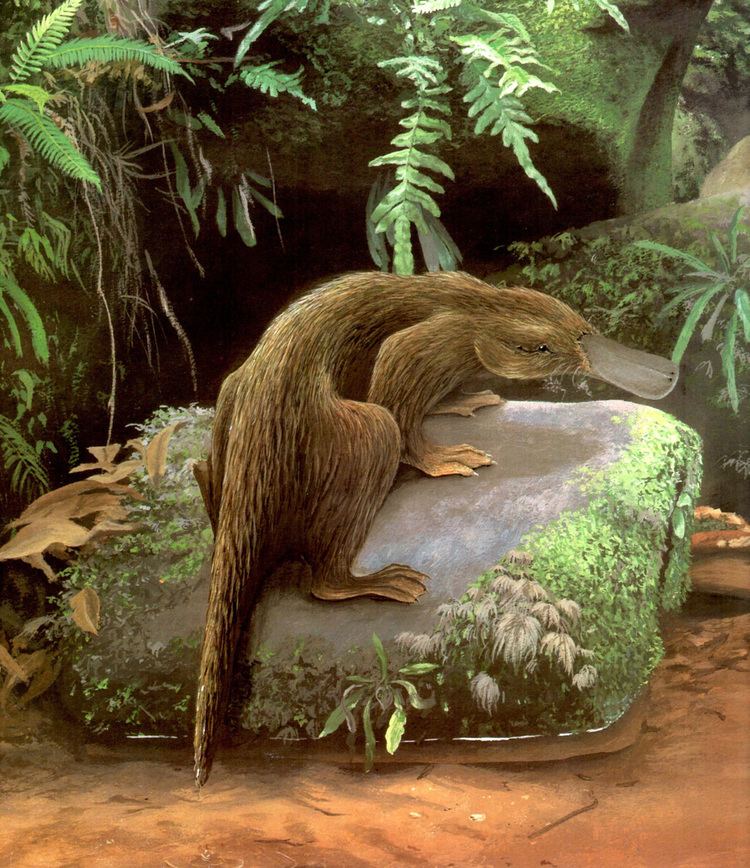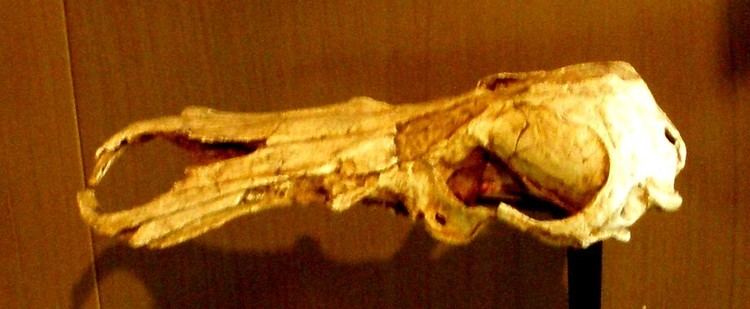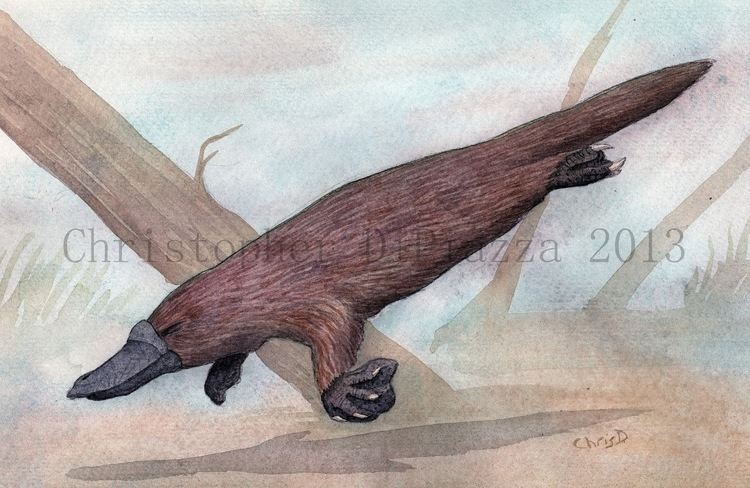Order Monotremata Scientific name Obdurodon Rank Genus | Phylum Chordata | |
 | ||
Similar Mammal, Monotreme, Steropodon, Ornithorhynchidae, Obdurodon dicksoni | ||
Obdurodon is an extinct monotreme genus containing four species. It is sometimes referred as the Riversleigh platypus, after the location of its discovery at Riversleigh. Individuals of Obdurodon differed from modern platypuses in that adult individuals retained their molar teeth (in the modern platypus, individuals lose all of their teeth upon reaching adulthood). Compared to the modern platypus, which is a mostly benthic forager, Obdurodon foraged "pelagically".
Contents

Obdurodon dicksoni

Obdurodon insignis

Obdurodon tharalkooschild
Monotrematum sudamericanum
References
Obdurodon Wikipedia(Text) CC BY-SA
